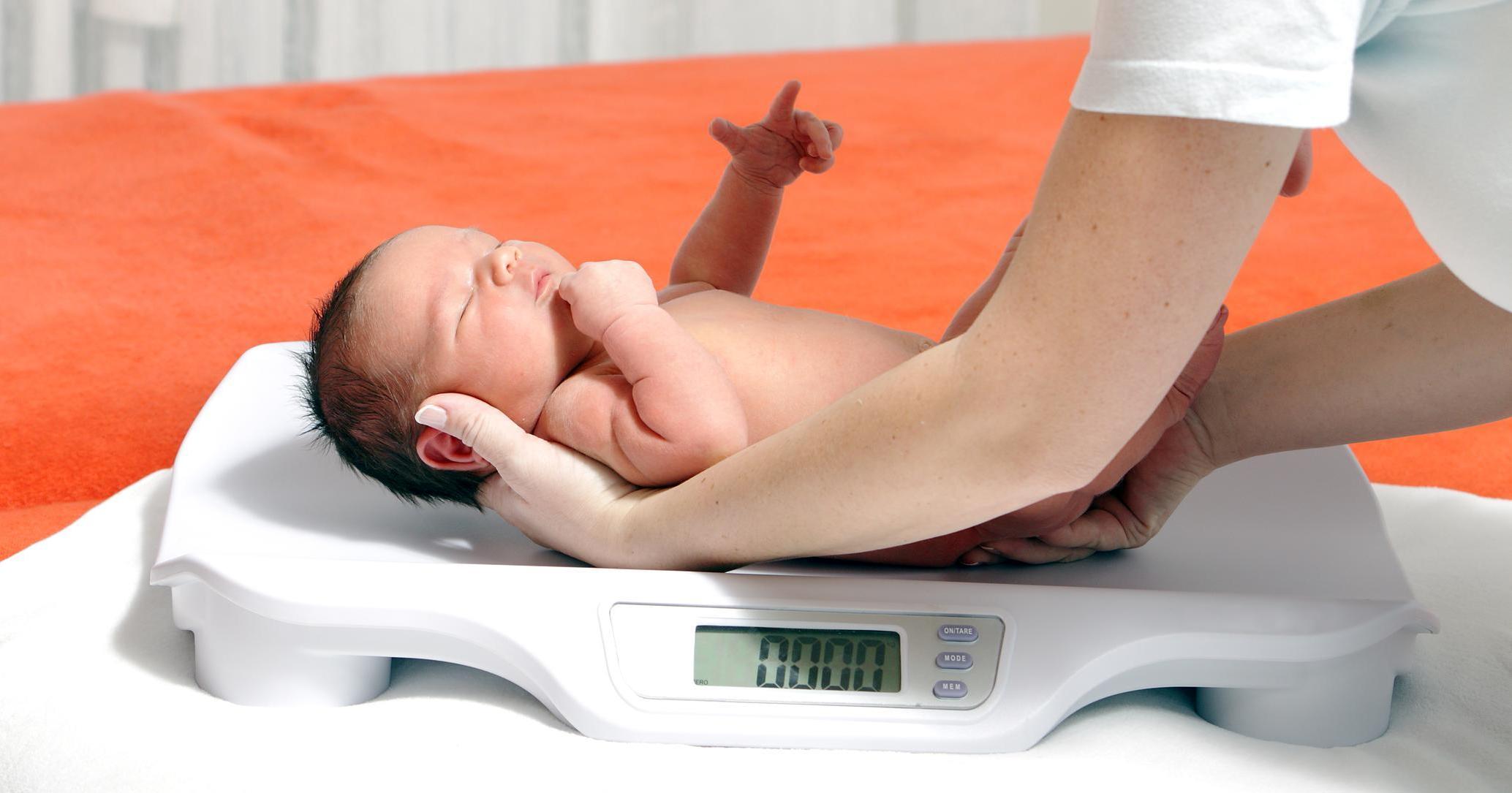Major Symptoms Of Pyloric Stenosis
Pyloric stenosis is a rare condition where the valve between the small intestine and the stomach blocks food from passing from the stomach into the small intestine. This valve is called the pylorus, and it is supposed to be closed as the stomach prepares the food to enter the small intestine. It then opens to allow the food to pass and undergo the next stage of digestion. If an individual has pyloric stenosis, the valve is thick and enlarged and can’t open the way it should. Doctors don’t know what causes pyloric stenosis, but it is more common in boys, especially firstborn boys, in babies who have Northern European ancestry, and in premature infants. Here are details on some symptoms of pyloric stenosis.
Persistent Hunger

Because the food the baby takes in can’t be properly digested and is frequently vomited up, the baby suffers from persistent hunger. When the symptoms first occur, the baby does not appear to be sick or in pain but still exhibits the signs of hunger, including the low-pitched hunger cry, restlessness, or sucking on their fist or anything else within reach. They’ll stick out their tongue, smack their lips, and root, which means they’ll turn their head and open their mouth as if they are searching for a bottle or breast. They may open their mouth even as they feed, which means they are still hungry. A starving baby will really start to scream, thrash about and turn red.
Dehydration

The inability to keep food in their body can lead to dehydration. A baby who is dehydrated is both sleepy and irritable. They are always thirsty, and when a parent touches them, they will find their skin is less supple than it should be. If they still have a fontanel, which is the soft spot in the head, it will look like it has shrunk. This shrunken appearance will also be seen in the eyes, and the eyes may be dry. The baby’s mouth may also be dry. Another way to tell if the baby is dehydrated is to notice their diapers. The number of wet diapers will decrease from what it was before or from what is considered normal.
Weight Issues

Since the baby is finding it hard to get the proper nutrition, they might have weight issues if pyloric stenosis isn’t treated. This can either be weight loss or an inability to gain weight. Some babies actually lose a bit of weight after they are born, but regain it quickly. From the time they are born until they are six months old, a baby should put on roughly five to seven ounces every week. By the time the baby is five months old, they should weigh twice what they weighed at birth. From six months old to a year, babies should put on three to five ounces every week. By the time the baby is a year old, they should weigh three times what they weighed at birth.
Vomiting After Feeding

One of the more dramatic signs of pyloric stenosis is vomiting after feeding. This is not just the normal spit up that happens with infants but projectile vomiting. This sort of vomiting arcs out of the baby’s mouth and can land some feet away. The vomit does not contain bile because the gallbladder was not able to inject bile into the stomach, but the milk or formula might have a sour smell because it has had time to be mixed with the hydrochloric acid and other enzymes in the stomach. This projectile vomiting leads to many of the other symptoms of pyloric stenosis. The vomiting sometimes happens immediately after the baby is fed but can occur some time after.
Stomach Contractions

Peristalsis is the normal, painless contractions of the digestive system that helps food pass through it. They normally occur in the stomach. However, because the stomach of a baby with pyloric stenosis can’t easily send food into the small intestine because of the thickened pylorus, it works to force the food through the valve. When this can’t be done, it results in projectile vomiting. Often, the parent or the doctor can actually see the stomach contractions after the baby is fed but just before they vomit. These are ripples that can be seen undulating from left to right through the baby’s abdomen. The contractions can even be felt as a mass in the baby’s belly, which is often described as olive-like in shape.
